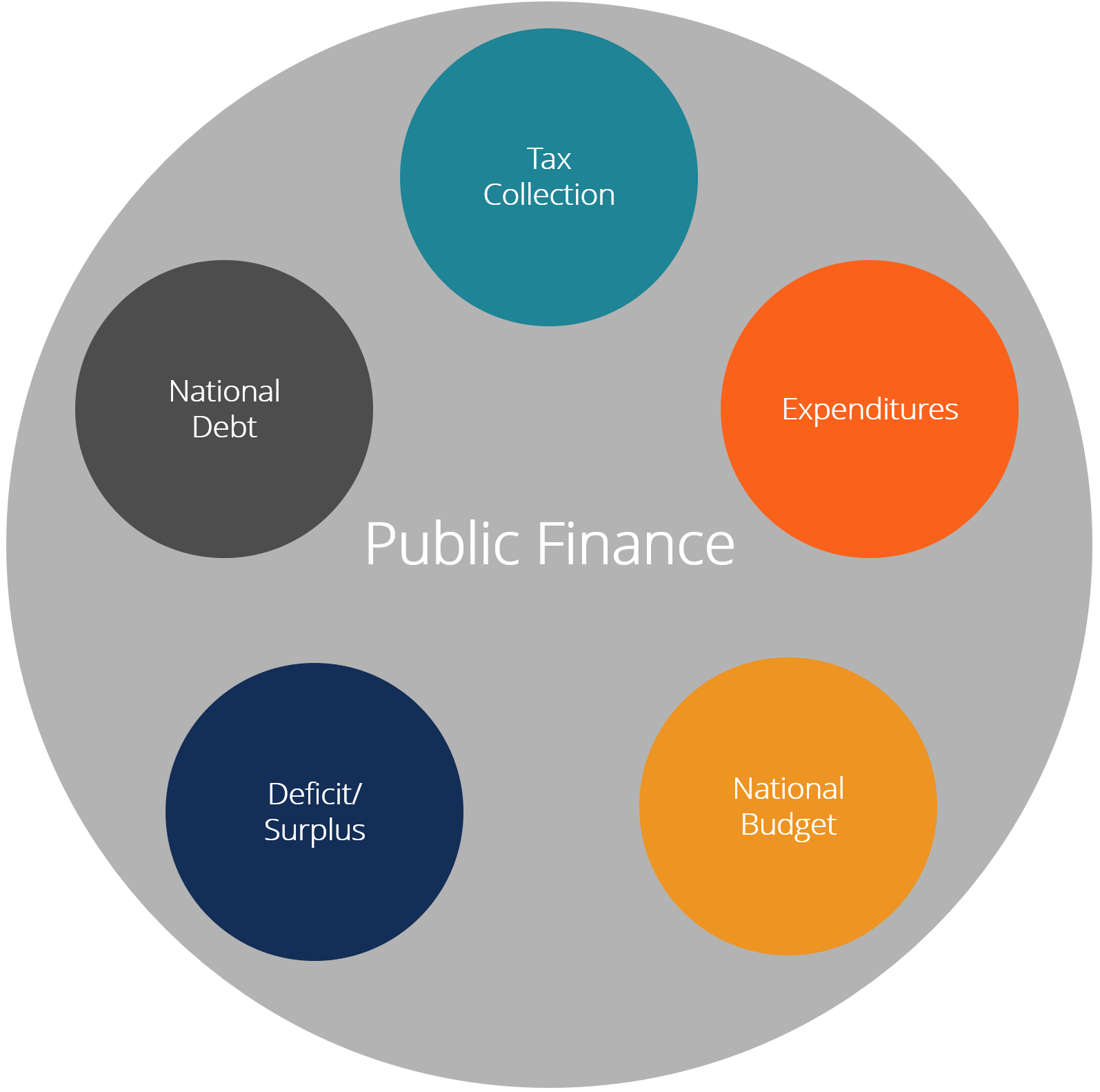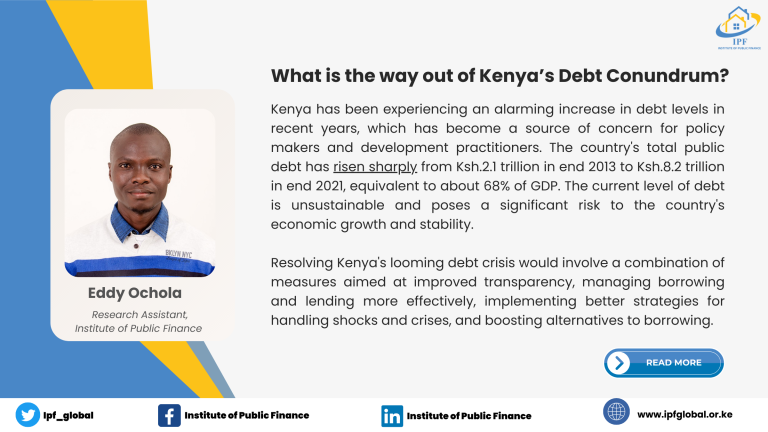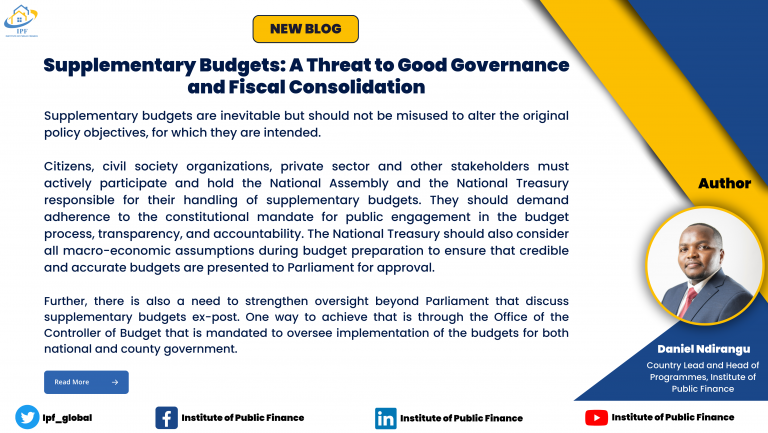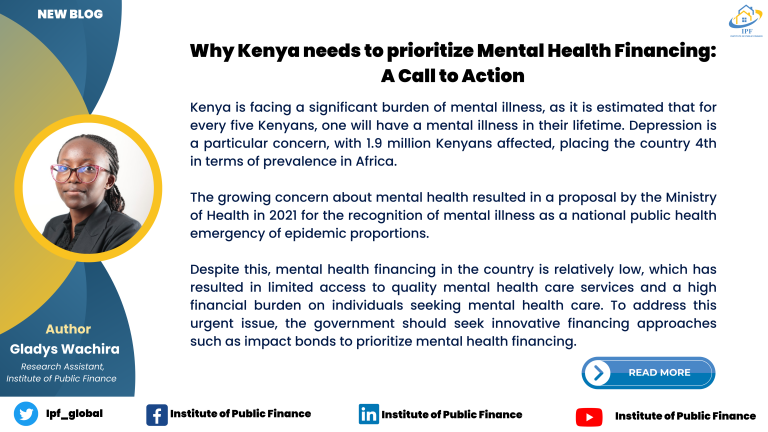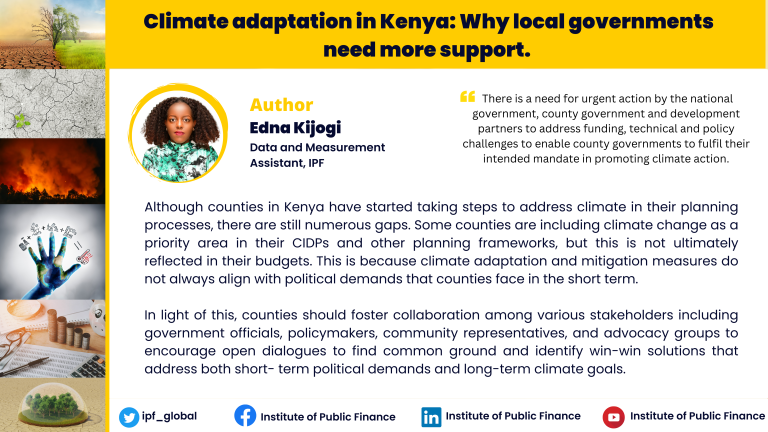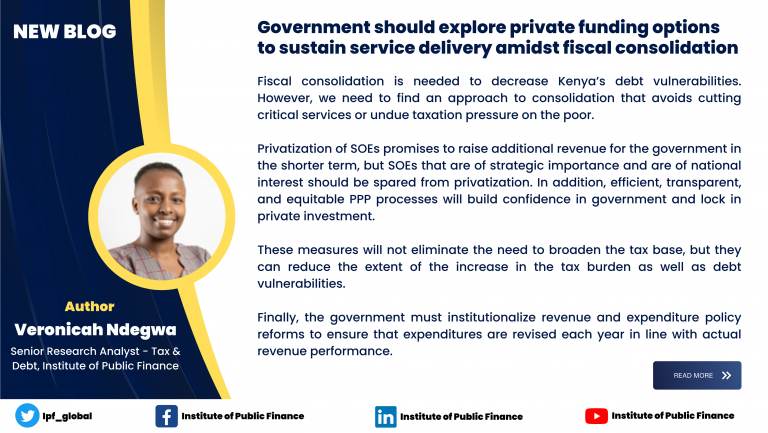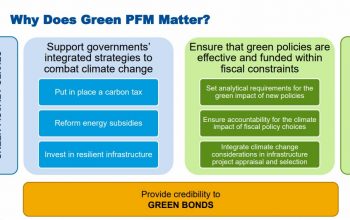Since the onset of devolution, counties have grappled with a lot of formative challenges among them the issue of managing the public finances. In a bid to provide services to the citizens, government as a consumer in the economy procures services and goods from different entities and subsequently honors payments as soon as the obligation has been met by the supplier. However, most of the times, county governments find themselves facing cash shortages because of myriad factors which include, delayed transfers from national government, local revenue shortages, disputed payments, delayed legislations among others.
In the financial year 2013/14 the Controller of Budget Annual Report, analysis of expenditure by economic classification indicated that counties spent Ksh 3.7 billion on debts and pending bills and in 2014/15 spent Ksh2.24 billion on debt repayment and pending bills. The Controller of Budget further reported that by 30th June 2016 counties had accumulated Ksh37.36 billion on pending bills which consisted Ksh10.45 billion for recurrent expenditures and Ksh26.92 billion for development expenditure. Nairobi County had the highest pending bills at 5.04 billion, followed closely by Nakuru County at sh3.68 billion.
Looking closely at Kwale county, 2015/16 annual implementation report produced by the Controller of Budget, disclosed that as at June 30, 2016, Kwale County, had accumulated account payables amounting to sh1.45 billion, of which 1.44 billion were pending bills on development expenditure owed to contractors, this further reduced to sh989.9 million in FY2016/17. However, this is not the case across all counties, some counties like Mombasa saw their pending bills increase significantly from sh875 million in FY2015/16, to sh3.9 billion in 2016/17. But how do pending bills arise?
Government financial statements are prepared on cash basis format. Cash basis accounting format provides that funds should be spent as they are received. Consequently, creditors and debtors are not recognized in the financial statements and should not arise. However, there are various reasons that causes unpaid bills to accrue at the end of the year. With focus on county governments, we try to explain these reasons below;
Firstly, when there are delays in the release of the equitable share to the counties, projects that had been budgeted for and executed will remain unpaid by the end of the financial year.
Secondly, there are lots of work- in- progress at the end of the financial year which includes ongoing projects that may not have been completed by the end of the financial year.
Thirdly, the last few days of the month of June are characterized by overloading of the Integrated Financial Management System (IFMIS), since virtually all the counties are making payments of the completed projects before the expiry of the appropriation act which expires on June 30th.
Fourthly the delays in the enactment of crucial laws that authorizes payment of funds to the counties, like the County Allocation of Revenue Act and the Division of Revenue Act leading to counties exercising prudence by delaying payment to the suppliers and contractors in order to retain some funds to cater for salaries and wages and other essential services in the months of July and August, as they wait for the funds to be credited to their account in the months of September or October.
Lastly, when the revenue targets are not achieved, and the budget is fully committed, there will arise projects that will have been executed but without funds to match.
Evidentially, pending bills can and have become a challenge to counties because when commitment of funds is not matched with the funds available, the county governments are overburdened with debts and this may threaten the provision of essentials services in future. Secondly, when bills remain pending for too long, investor confidence is eroded, and the counties may lose reliable suppliers and contractors.
Finally, it erodes the ability of firm decisions to be taken by county assemblies. When commitments have been made at the close of the year, it means that the room for the county assembly to alter the budget estimates presented for approval remains limited.
Placing this in context, over the past three financial years, the average amount of pending bills in Kwale County, based on the approved budgets and the Annual Controller of Budget Reports is about 18%. In the budget approved by the County Assembly for the FY2017-18, the commitments brought forward on pending bills amounted to sh1.8 billion against a Total Budget of sh9.7 billion which is 18.6% of the Total Budget. This is an increase from the 15.2 % in FY 2016/17 and the 18.4% in 2015/16. The Report of the Auditor General on the Kwale County Financial Statements in 2015/16 however indicated an excess vote, since the pending bills did not match the cash and bank balances.
To address the challenge of pending bills, it is important to recognize that Section 122 (5) of the Public Finance Management Act provides that county treasuries shall submit both quarterly and annual reports of all loans made to the county government to the county assembly. In addition, frequent reporting on the buildup of the pending bills may ensure monitoring of these bills to ensure they remain within acceptable limits, and finally, at the end each quarter, an analysis on the revenues should be done to ensure realistic projections are done and the budget adjusted accordingly. This will ensure that there are no unfunded projects that are initiated.

 Français
Français 



